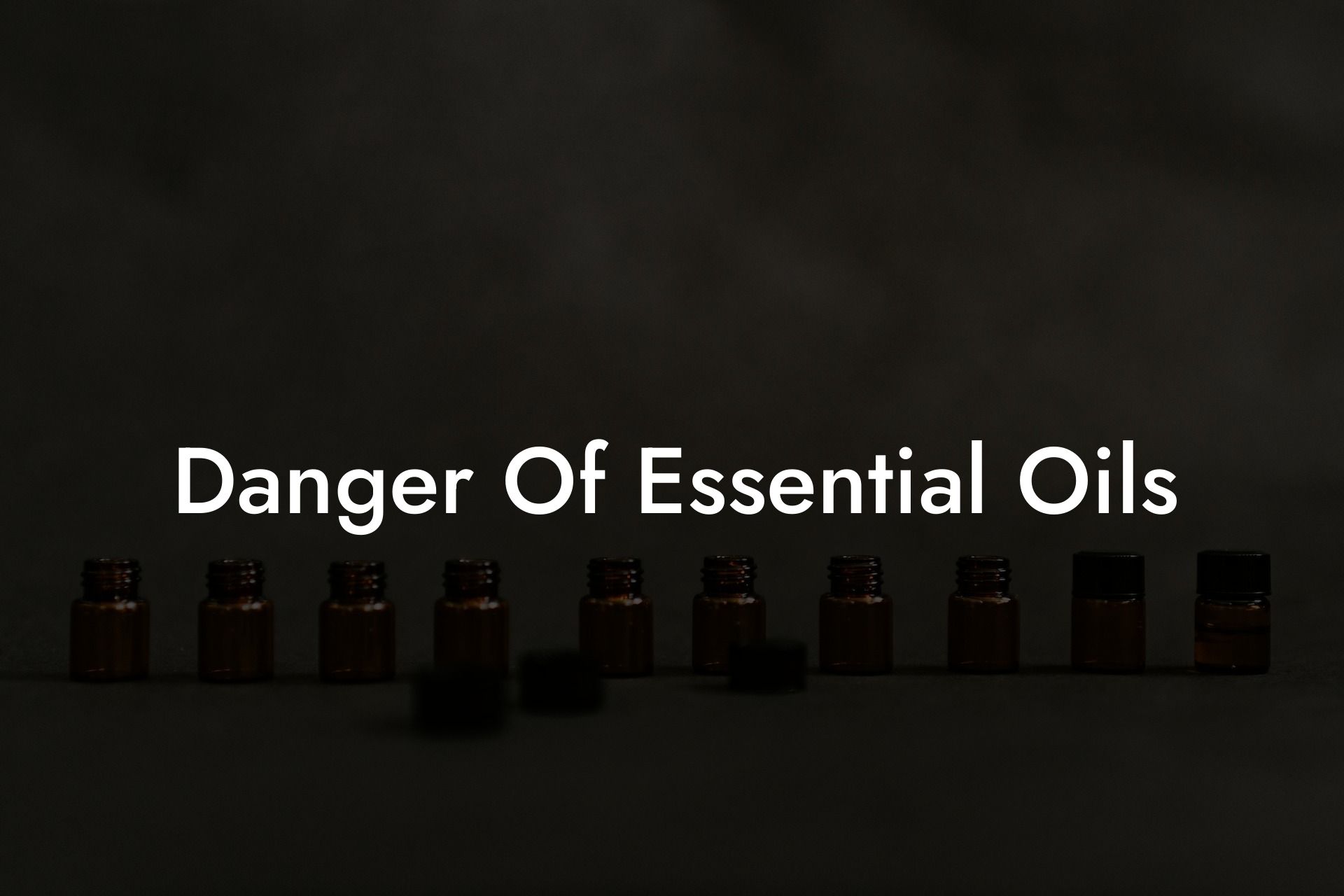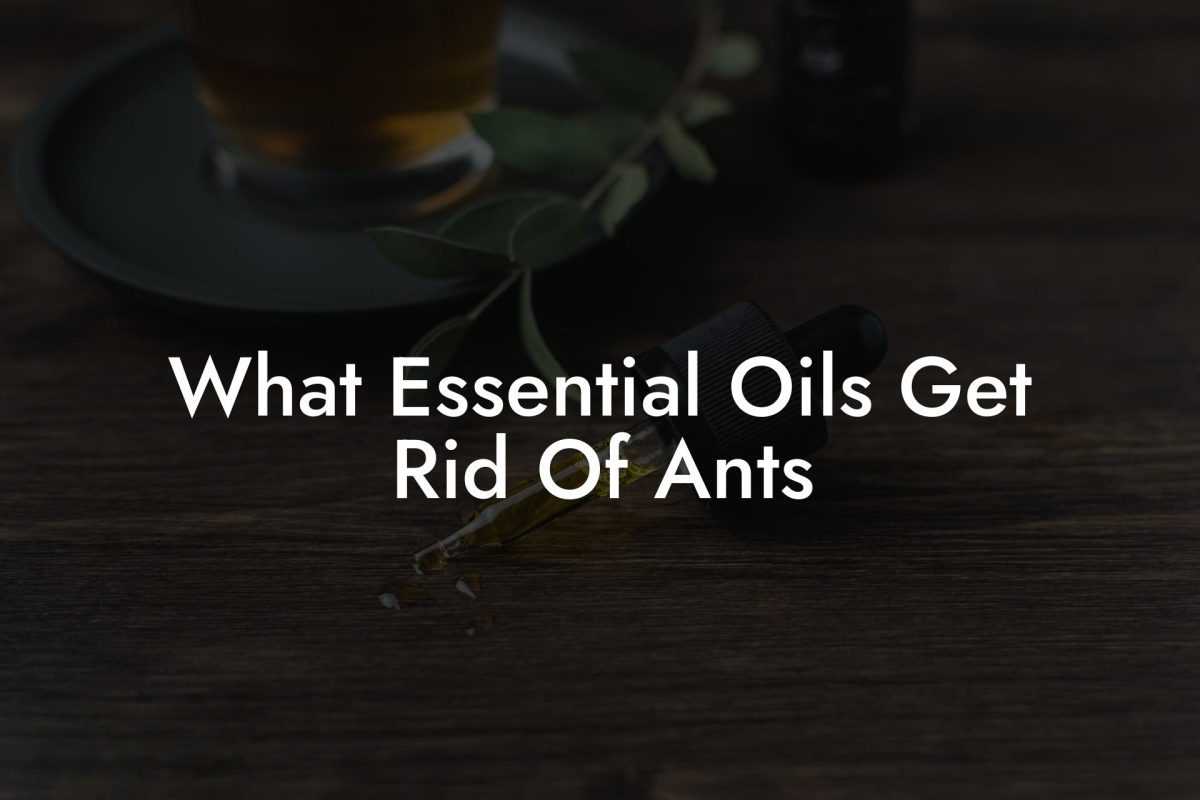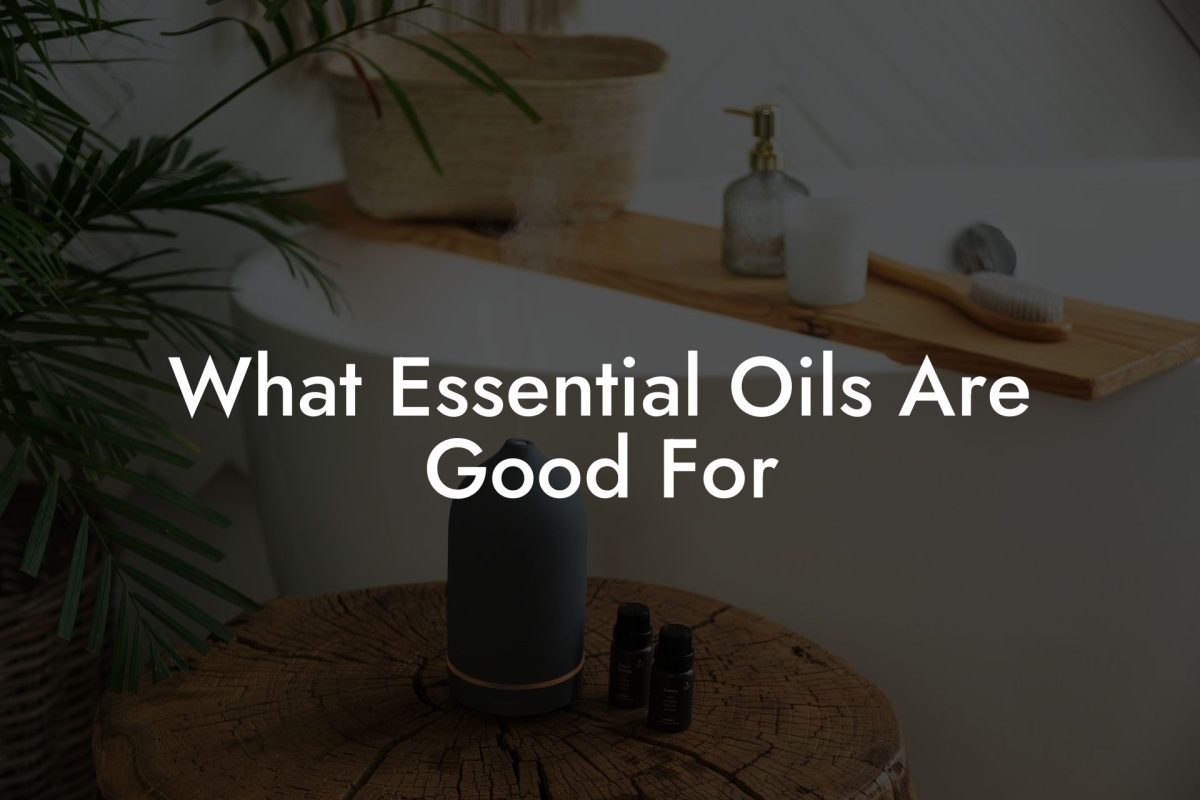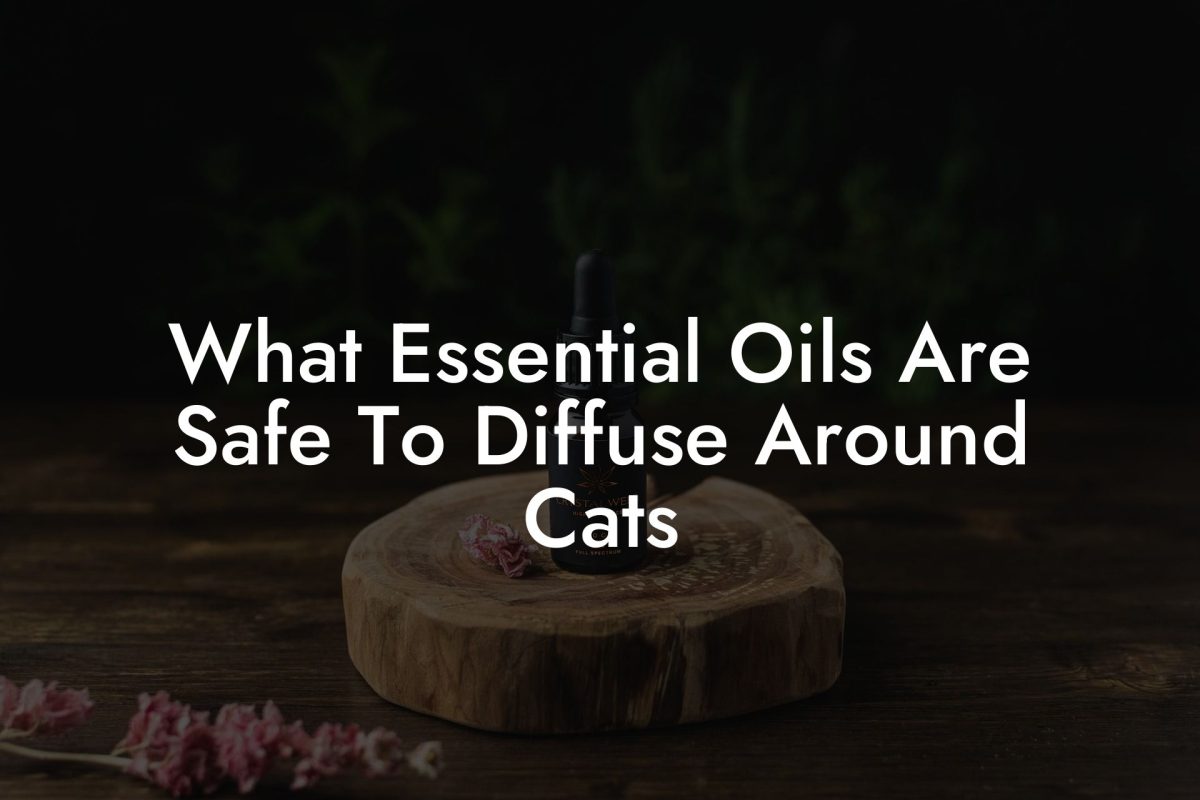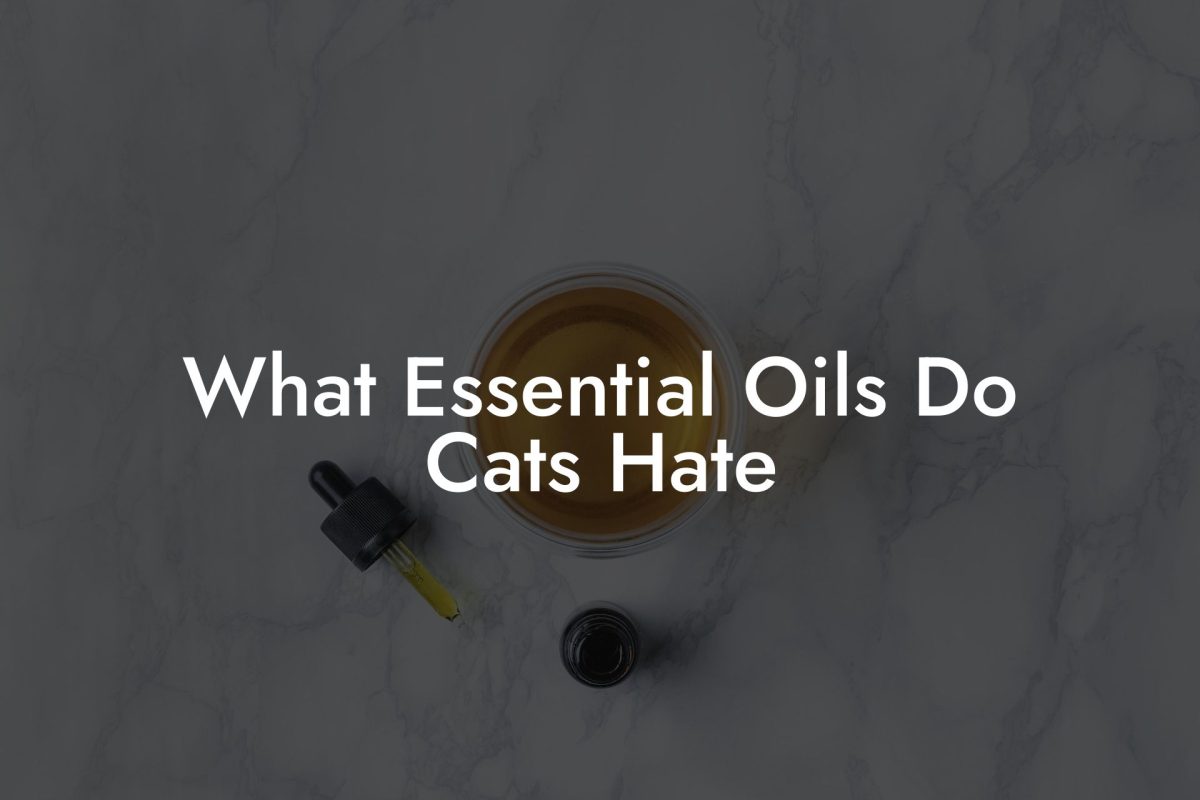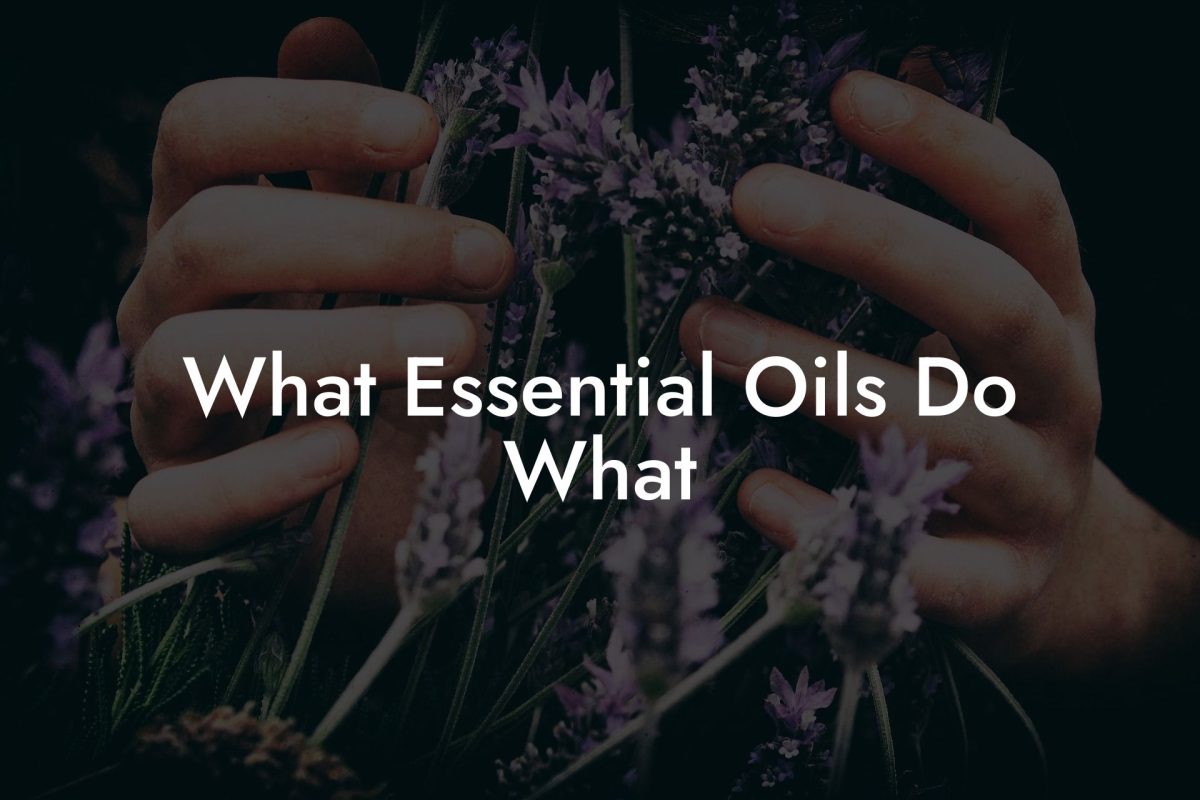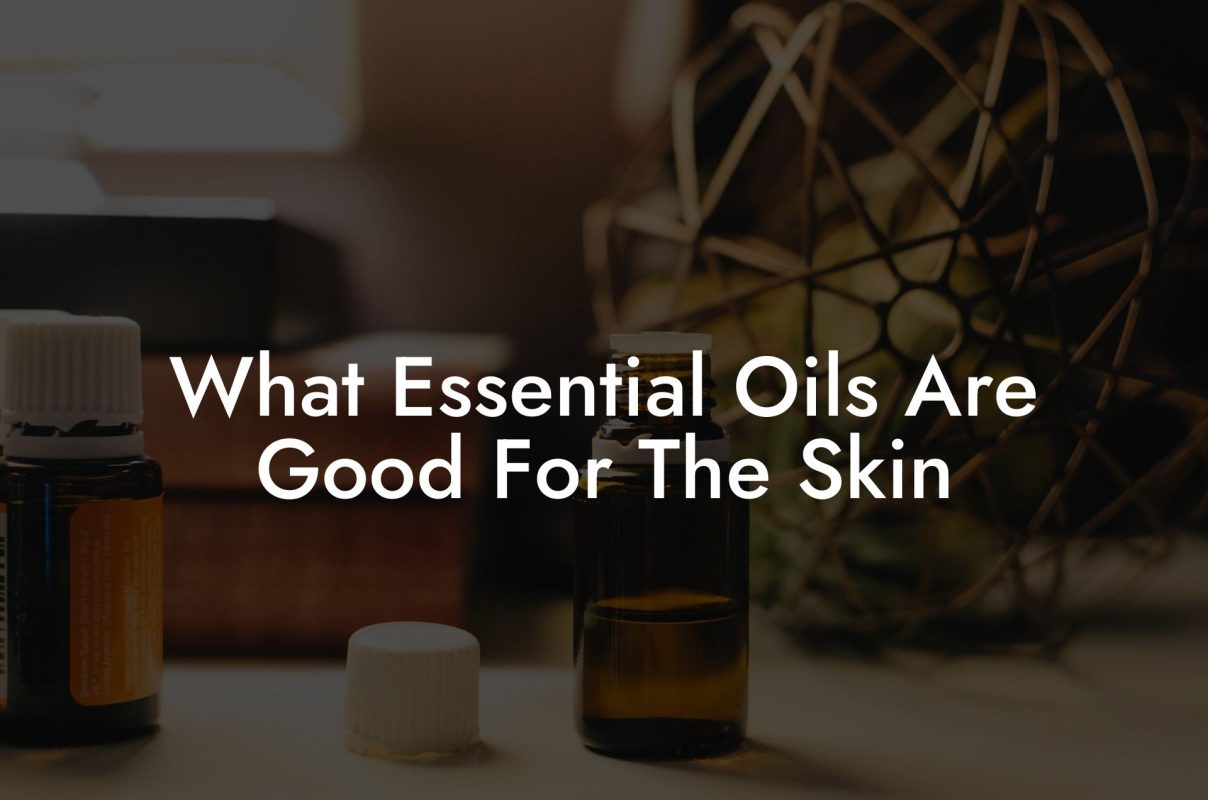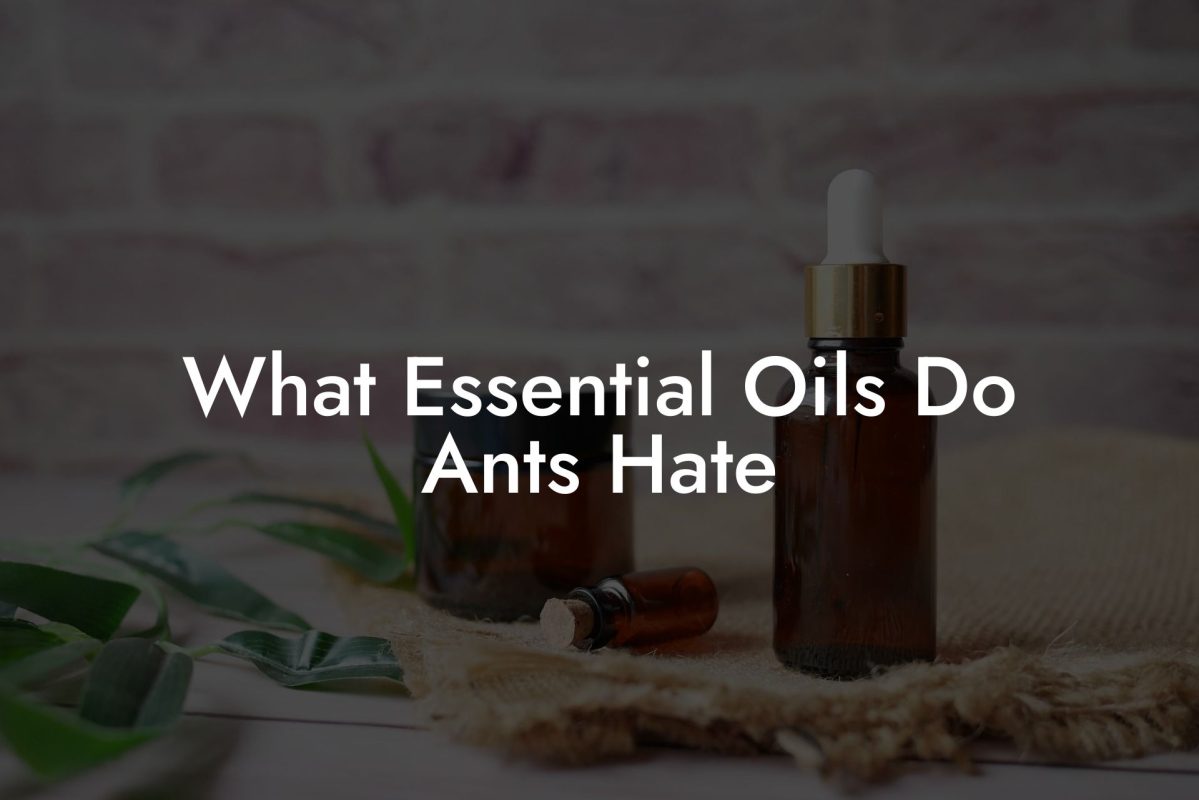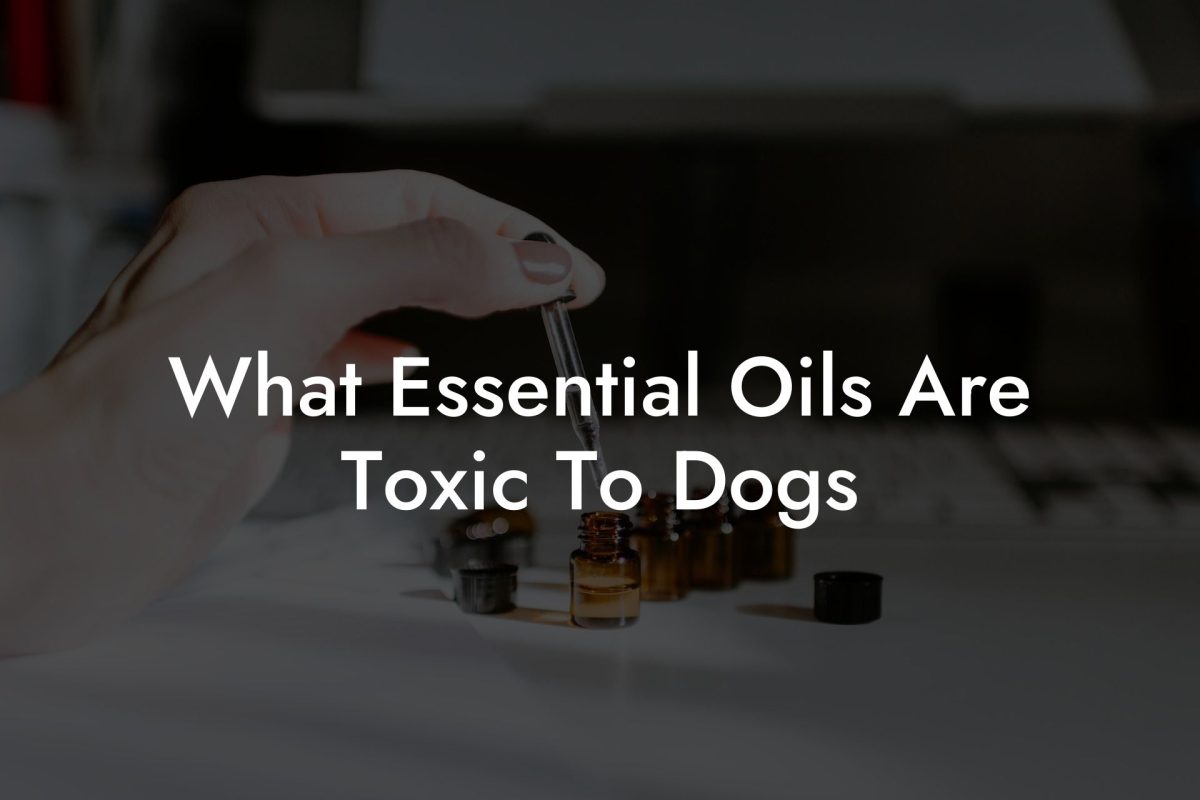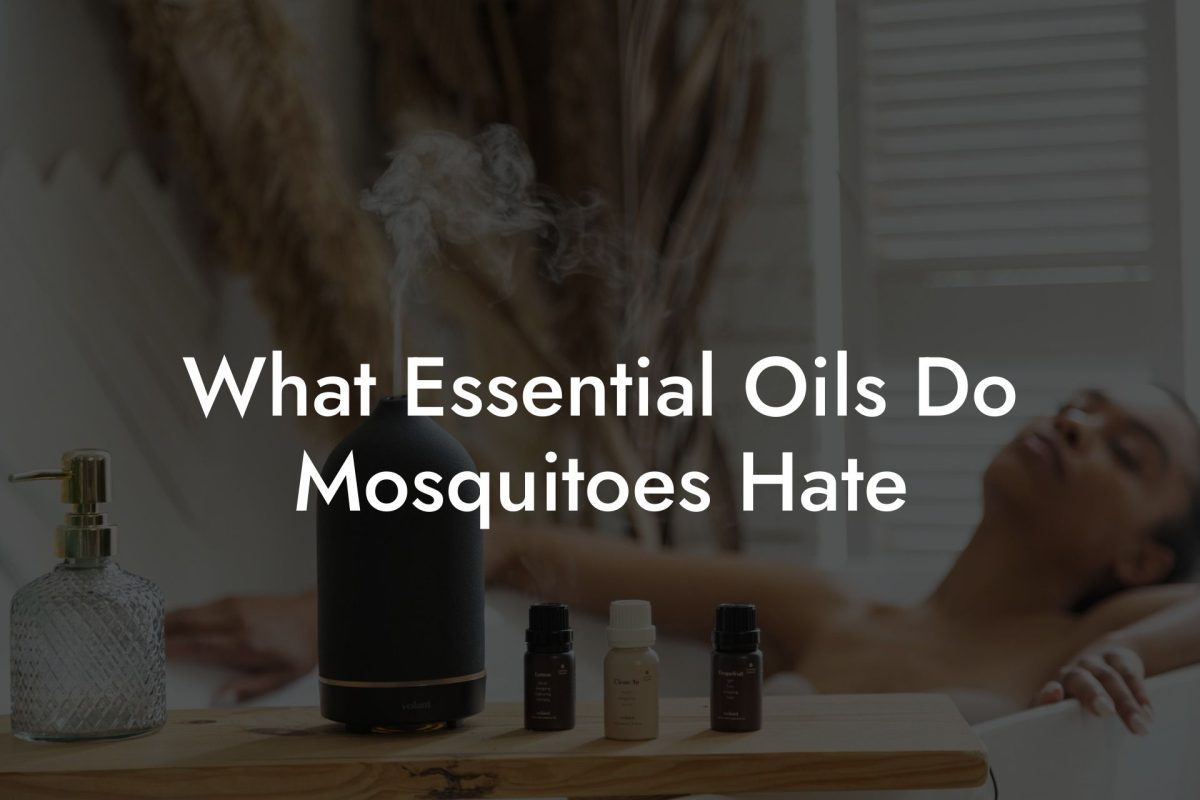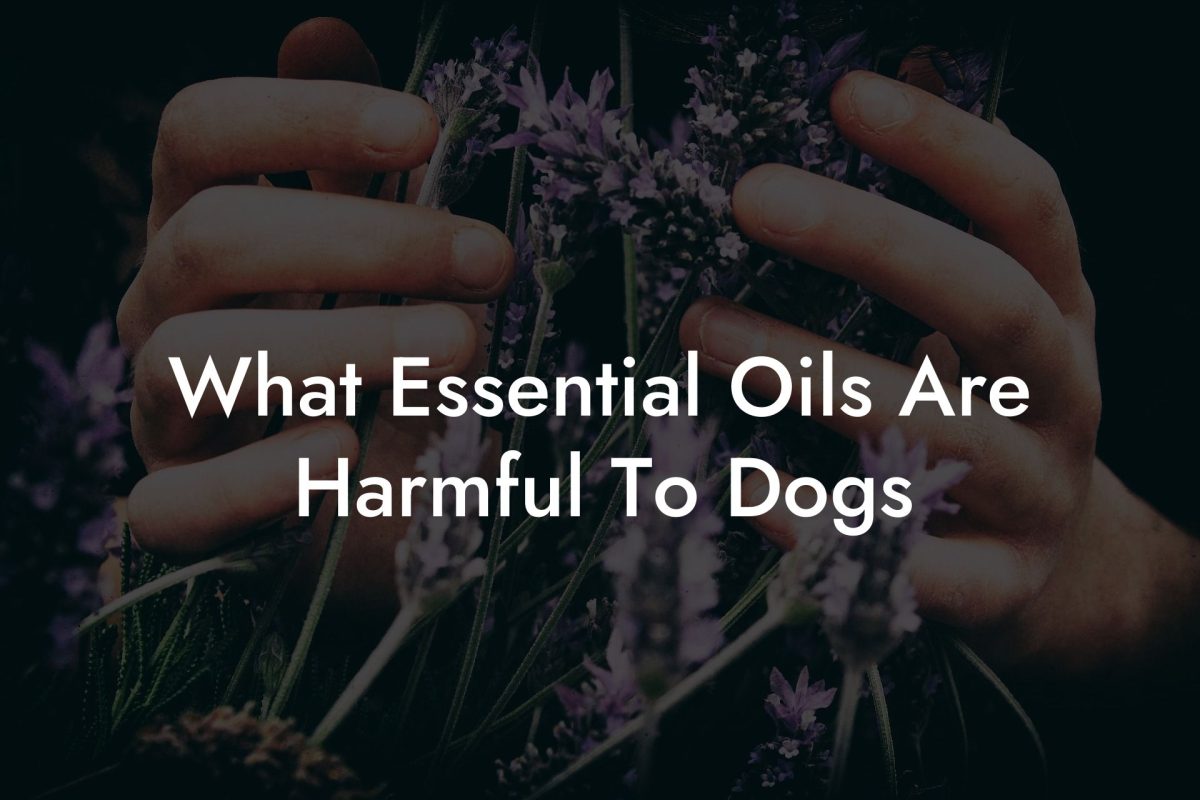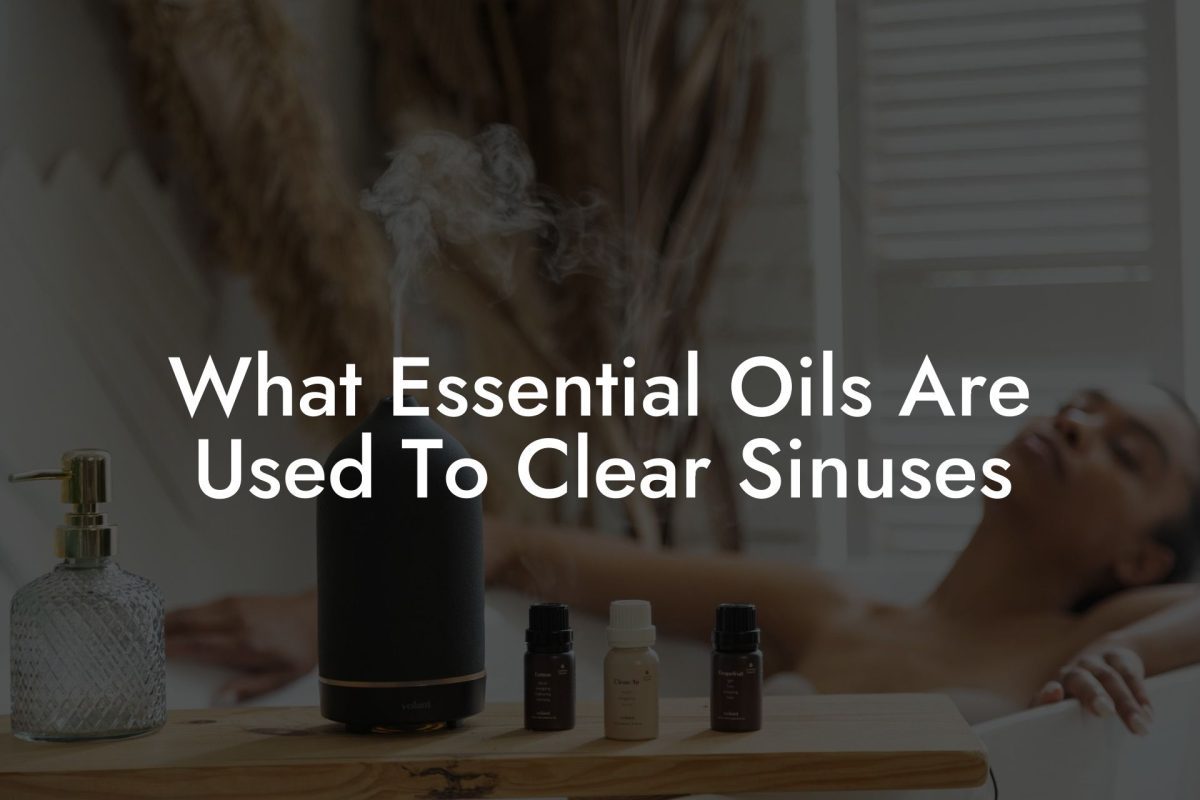Essential oils have become increasingly popular for their numerous benefits, ranging from stress relief to improving sleep quality. However, with a rise in popularity comes the need for better understanding and cautious use. The danger of essential oils often lies in misuse or lack of knowledge, exposing users to adverse effects and safety concerns. In this article, we’ll discuss the potential risks of essential oils and how you can enjoy their benefits safely.
Table of Contents
1. Quality of Essential Oils
Not all essential oils are equal. The quality and purity of the oil play a considerable role in determining its potential risks. High-quality, pure, and unadulterated essential oils are less likely to cause adverse reactions than adulterated or synthetic oils. Always buy from a reputable source, such as Oshu Oils, that provides information on purity, source, and botanical ingredients.
Signs of Low-Quality Essential Oils:
- Cheap price
- Synthetic or artificial fragrance
- Artificial additives or extenders
- Lack of information about the source and production methods
2. Misuse of Essential Oils
Essential oils are highly concentrated substances, making them potent and potentially harmful if not used correctly. Always follow the recommended dilution guidelines, application methods, and usage frequency to avoid issues.
Common Mistakes to Avoid:
- Applying undiluted essential oils directly to the skin
- Ingesting essential oils without a professional’s guidance
- Applying essential oils to sensitive areas of the body, like eyes and mucous membranes
- Not using a proper carrier oil for dilution
- Overexposure, leading to sensitivity or allergic reactions
3. Health Risks
While essential oils offer numerous benefits, they can also pose various health risks if not used correctly. Some essential oils can be toxic if ingested, irritate the skin, or cause an allergic reaction. It is crucial to understand the potential health risks and follow precautions when using essential oils.
Some Health Risks Include:
- Allergic reactions
- Phototoxicity, i.e., skin irritation on sun exposure after applying certain citrus oils
- Respiratory irritation, particularly for asthma sufferers
- Drug interactions
- Potential risk during pregnancy and breastfeeding, with certain oils affecting hormone levels or causing uterine contractions
Danger Of Essential Oils Example:
Suppose Sarah wanted to use lavender essential oil to improve her sleep quality. She purchased a cheap oil from an unreliable source and applied it undiluted directly to her skin. This resulted in irritation and adverse effects, including redness and itchiness. She continued to use the oil, ignoring the potential dangers and resulting in increased sensitization. Sarah could have avoided these issues by doing the following:
1. Buying a high-quality, pure essential oil from a reputable source like Oshu Oils.
2. Diluting the essential oil with a carrier oil before applying it to her skin.
3. Researching, understanding, and following proper usage guidelines and precautions.
Essential oils have a wide range of potential benefits when used correctly, but they also have dangers and risks when misused or not properly understood. As you explore the world of aromacology, take the time to educate yourself and adopt safe practices. Feel free to share this article with others to raise awareness of essential oil safety, explore other essential oil guides on Oshu Oils, and browse our artisan range of carefully crafted essential oils. By educating ourselves and using essential oils responsibly, we can harness their therapeutic potential while avoiding unnecessary risks.

